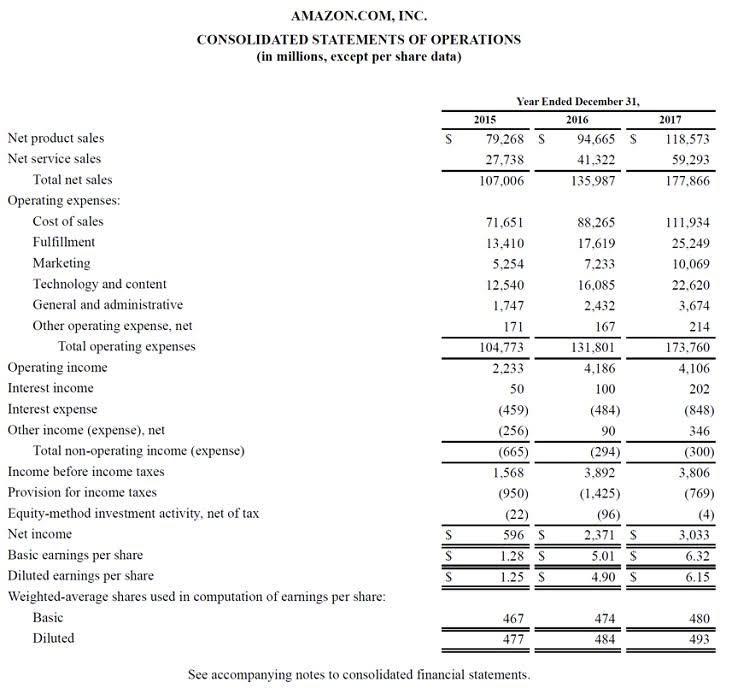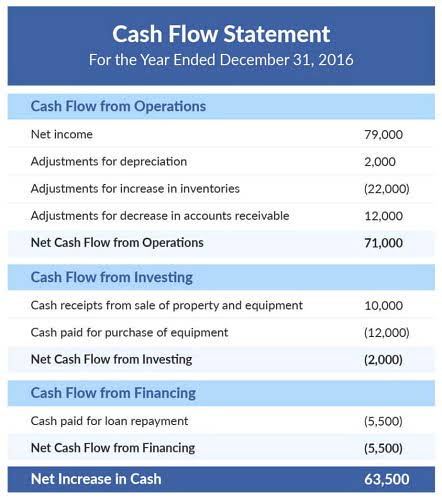Introduction to the Basic Accounting Equation Financial Accounting

It can be regarded as the very basis of maintaining accounts for any particular organization. On the balance sheet, the assets side represents a company’s resources with positive economic utility, while the liabilities and shareholders equity side reflects the funding sources. This equation sets the foundation of double-entry accounting, also known as double-entry bookkeeping, and highlights the structure of the balance sheet. Double-entry accounting is a system where every transaction affects at least two accounts. Metro Courier, Inc., was organized as a corporation on January 1, the company issued shares (10,000 shares at $3 each) of common stock for $30,000 cash to Ron Chaney, his wife, and their son.
Example Transaction #1: Investment of Cash by Stockholders
The 500 year-old accounting system where every transaction is recorded into at least two accounts. To make the Accounting Equation topic even easier to understand, we created a collection of premium materials called AccountingCoach PRO. Our PRO users get lifetime access to our accounting equation visual tutorial, cheat sheet, flashcards, quick test, and more.
Accounting equation
Like any brand new business, it has no assets, liabilities, or equity at the start, which means that its accounting equation will have zero on both sides. Ted is an entrepreneur who wants to start a company selling speakers for car stereo systems. After saving up money for a year, Ted decides it is time to officially start his business. He forms Speakers, Inc. and contributes $100,000 to the company in exchange for all of its newly issued shares.
- Moreover the income statement is in fact a further analysis of the equity of the business.
- Unearned revenue from the money you have yet to receive for services or products that you have not yet delivered is considered a liability.
- From the above we can see that in the event that the liabilities are greater than the assets of the business, the net worth can be a negative figure.
- The balance sheet reports a company’s assets, liabilities, and owner’s (or stockholders’) equity at a specific point in time.
- The Accounting Equation is a fundamental principle that states assets must equal the sum of liabilities and shareholders equity at all times.
- If your assets are financed by debt, it’ll be listed as a liability on your balance sheet.
Liabilities:

This is consistent with financial reporting where current assets and liabilities are always reported before long-term assets and liabilities. If a business buys raw materials and pays in cash, it will result in an increase in the company’s inventory (an asset) while reducing cash capital (another asset). Because there are two or more accounts affected by every transaction carried out by a company, the accounting system is referred to as double-entry accounting. The accounting equation helps to assess whether the business transactions carried out by the company are being accurately reflected in its books and accounts.
Accounting Formulas Every Business Should Know

Journal entries often use the language of debits (DR) and credits (CR). A debit refers to an increase in an asset or a decrease in a liability or shareholders’ equity. A credit in contrast refers to a decrease in an asset or an increase in a liability or shareholders’ equity.
Under the double-entry accounting system, each recorded financial transaction results in adjustments to a minimum of two different accounts. The accounting equation sets the foundation of “double-entry” accounting, since it shows a company’s asset purchases and how they were financed (i.e. the off-setting entries). The accounting equation accounting basic formula is a core principle in the double-entry bookkeeping system, wherein each transaction must affect at a bare minimum two of the three accounts, i.e. a debit and credit entry. For every transaction, both sides of this equation must have an equal net effect. Below are some examples of transactions and how they affect the accounting equation.

It’s possible that this number will demonstrate a net loss when your business is in its early stages. The ultimate goal of any business should be positive net income, meaning that the business is profitable. $10,000 of cash (asset) will be received from the bank but the business must also record an equal amount representing the fact that the loan (liability) will eventually need to be repaid. Required Explain how each of the above transactions impact the accounting equation and illustrate the cumulative effect that they have.
